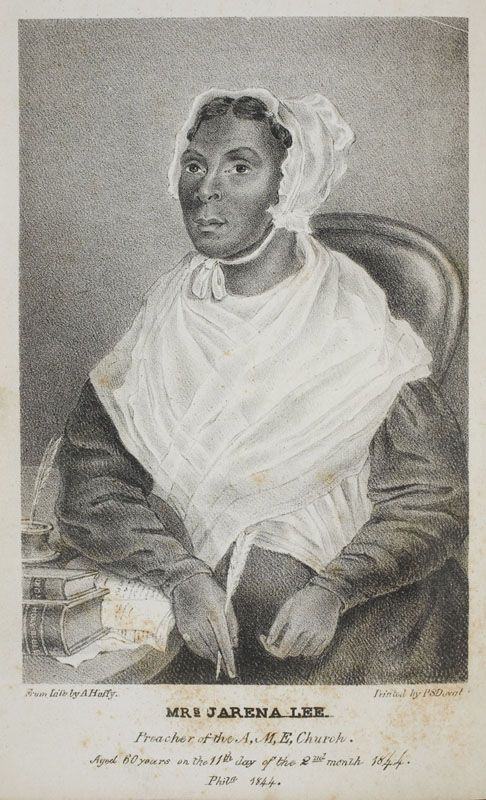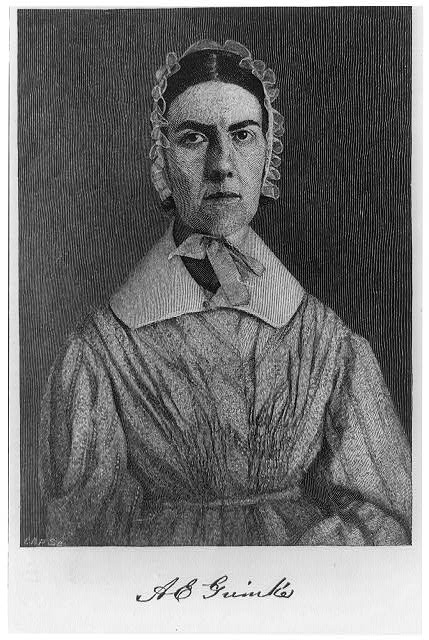Vine and Fig Tree Motif
This beautiful needlework in linen is in the collection of the Memorial Hall Museum, Deerfield, Massachusetts. We don’t know whose hands so carefully stitched it, but we do know that it was included in an exhibition by the Deerfield Society of Blue and White Needlework at the turn of the century under the simply title, “Vine and Fig Tree.” In both style and subject, this linen cross stitch exemplifies the ongoing resonance of colonial American themes in later American history.
Vines and fig trees are a Biblical image. For example, in Micah (4:3-4) we read, in the King James version,
And he shall judge among many people, and rebuke strong nations afar off; and they shall beat their swords into plowshares, and their spears into pruning hooks: nation shall not lift up a sword against nation, neither shall they learn war any more. But they shall sit every man under his vine and under his fig tree; and none shall make them afraid . . .
Charles Royster reports that this biblical passage was among the most popular during the Revolutionary war, and the future hope of sitting unthreatened on one’s farm, one of its most compelling images.[1] No doubt the soldiers of the Continental Army, so often overpowered and under-supplied, took comfort in the thought that God would rebuke the strong nation they contended with. Royster tells us, however, that the passage from Micah promised more than divine assistance in war. Sitting unafraid under the vine and fig tree captured the deep longing in the human soul for independence from the power of arbitrary government, from injustice, and oppression. The revolution held out that hope. First, Americans had to lay down their plows and pruning shears and pick up their guns and swords, accept the discipline and subordination of army life, the misery and danger of war, but then victory would come. Then, they would lay down their weapons, pick up the plow, and after the harvest, rest unafraid in the enjoyment with their families of the abundance they had made.
The Gadsden or “Don’t Tread on Me” flag is often used to capture the spirit behind the revolution. It does capture the defiance in the face of oppression so important to the struggle against Great Britain. But this simple needlework speaks to something deeper— what the defiance was meant to serve.
It is for this reason no doubt that Washington, aware of what the image from Micah had meant to his soldiers, invoked it in his letter of 1790 to the Hebrew congregation at Newport:
It is now no more that toleration is spoken of as if it were the indulgence of one class of people that another enjoyed the exercise of their inherent natural rights, for, happily, the Government of the United States, which gives to bigotry no sanction, to persecution no assistance, requires only that they who live under its protection should demean themselves as good citizens in giving it on all occasions their effectual support.
May the children of the stock of Abraham who dwell in this land continue to merit and enjoy the good will of the other inhabitants—while everyone shall sit in safety under his own vine and fig tree and there shall be none to make him afraid.
The compelling image from Micah became part of one of the most beautiful and important documents of the American founding. The image and the document continue to express the most essential hope of the American Revolution.
Notes
[1] Charles Royster, A Revolutionary People at War: The Continental Army and American Character, 1775–1783 (Chapel Hill: University of North Carolina Press, 1979), 103.
Citation
Chairback-Vine and Fig Tree. Deerfield Society of Blue and White Needlework. 1907. Courtesy of the Memorial Hall Museum, Pocumtuck Valley Memorial Association.







